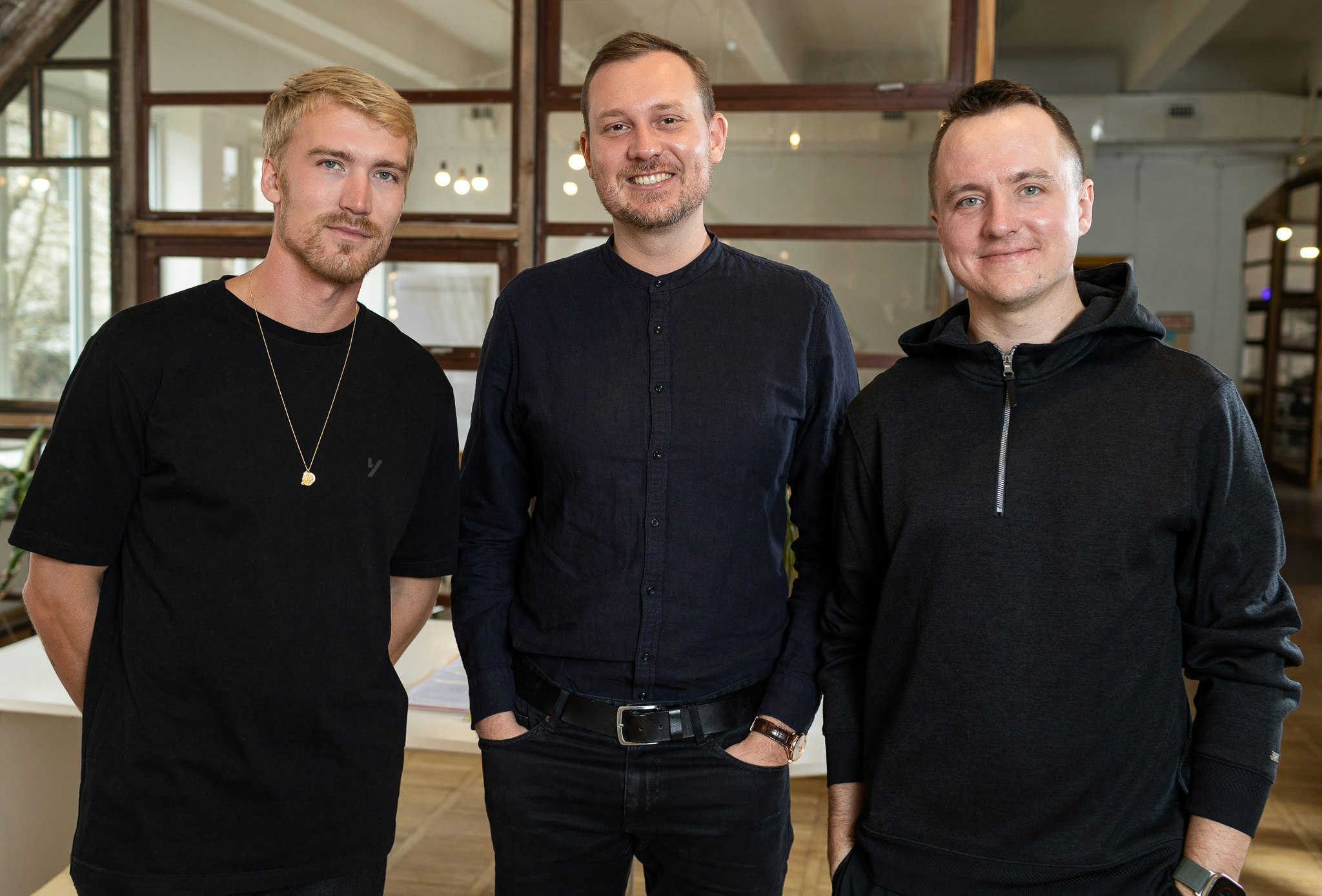Building a company with limited resources is probably one of the most challenging things in the world. It involves luck, execution, teamwork, human relationships, timing. And you need to get most of this stuff right all at once to be successful. The probability of success is therefore low, even with hard work, but the process is a joyful one. You’ll learn about yourself, human nature and the wider world.
The body of knowledge for starting a business is large and the ideas below are my take on some of the best resources out there on entrepreneurship: “The Art of the Start” by Guy Kawasaki, “From Zero to One” by Peter Thiel, and the “How to Start a Startup” series from YCombinator.
Search for problems, not solutions
Often, soon-to-be entrepreneurs start by searching for “startup ideas”. They often come up with some generic ideas (for example, a social network for pet owners) that are highly unlikely to solve concrete problems.
But a startup is about generating revenue and making profits for its shareholders. Your future clients will only exchange their hard-earned cash for your product if it is solving one of their problems. People generally want more security, recognition, power, time, health, experiences, connection and status for themselves, their loved ones and their families. It always comes down to this.
American investor and entrepreneur Kevin Hale has a robust framework to “rank” the quality of a problem — see his speech on How to Evaluate Startup Ideas. He encourages founders to find problems that are (1) popular, many people have it (2) growing, the number of people having it is growing at a high rate (3) urgent, people are in a hurry to solve it (4) expensive, this speaks for itself (5) mandatory, it’s a regulatory must to solve it (6) frequent, people face this problem often.
Ideally, find problems that you experience yourself, since (1) it increases the likelihood of finding a problem that exists and (2) it will likely be a problem in a space where you have experience.
Be meticulous about ranking your startup ideas
Once you have found interesting problems to solve, try to articulate solutions for each in one simple sentence. Consider a “startup idea” as a “problem-solution” pair. You must nail both parts to get it right.
Keep track of your “problem-solutions” and rank them according to specific criteria.
Peter Thiel came up with a grid to evaluate startup ideas. Among others, he mentions the importance of (1) the monopoly potential, avoiding competition that erodes profit (2) the defensiveness, via technological innovation (3) the distribution, for example, via network effect (4) the founding team fit and (5) the contrarian thinking, what you think is true that many people don’t.
You can use these different criteria (from Kevin Hale on problems and Peter Thiel on startup ideas) to build yourself a “startup idea” ranking system. You can weigh some of these criteria if you want to.
Soon, you’ll have a ranked list with your four to five top-scoring ideas.
Narrow down
I recommend writing an executive summary for each of these four or five ideas. Write these executive summaries by following the Business Plan structure proposed by Sequoia (see Writing a Business Plan). Avoid using ChatGPT. Instead, take the time to think and write each of these sections. Following this exercise, you will likely have one or two ideas that stand out.
Which one are you passionate about? Which one would you enjoy working on for the next seven to eight years of your life? Building a startup will be challenging, but your passion will allow you to endure the tough patches.
Next, go out and talk to your customers and potential investors (angels or VCs). The more concretely you can present your one or two ideas (for instance, mocks or live prototypes), the more qualitative the feedback you’ll receive.
Optionally, you can also build a financial model and a detailed business/operational plan for your chosen idea. It’s often not recommended, but I believe in the power of “having a plan”. Structure your mega-project “Build a startup” into clear, timed phases and milestones.
Select and start building
You have your idea, prototype, exciting customers and potential early investors. Now it’s time to build. I would avoid keeping your day job while building the business. I would absolutely avoid creating two ideas in parallel. You must be your first investor. Having a small amount of cash you’re ready to burn (say $10-20K) can help. This capital will allow you to pay for the first two to three months and hire part-time contributors. I believe it’s better to build a startup with two or three cofounders (ideally two). Finding a solid cofounder is thus part of this phase, too.
Get the foundations right
Never compromise on the quality of the people you work with. I have personally paid in sweat and blood not following this advice in the past.
Put things on paper from day one (you can use a signed pre-incorporation “collaboration agreement”). Always cliff/vest your equity and one of the early cofounders/employees (use the standard one-year cliff, four years vesting, with monthly vesting periods).
If you can, delay incorporation by a few months. This can create additional legal/accounting costs that will not add value at the beginning of your project. If you lack specific fundamental skills (programming, design, marketing, finance), learn them.
While it’s true that each founder has a peak strength, there’s also a minimal level of proficiency required in each topic. It’s especially true at early stages, where you’ll have to figure things out by yourself (vs. “buying” the skill).
Surround yourself with people who did it
I am a firm believer in the advisory model and advisory shares. Advisors will typically receive, depending on the stage, between 0.10 and 0.25% equity with two years of vesting and no cliff with monthly vesting. Strong advisors will (1) share their expertise (2) unlock their network and (3) might be your first client. Expect and schedule, for example, around 30 minutes of calls every two weeks.
Again, put things on paper and sign an advisor contract. Only take advice from people who made it before (depending on your industry). Leverage your network to find them (just like investors, it mainly works via intro). Don’t limit your thinking as to whom you can get on board. (You want the head of AI at Tesla onboard as an AI advisor. Great, ask yourself: how am I connected to him?) Importantly, avoid giving more than 0.25% per advisor.
Implement the MAT methodology
Guy Kawasaki developed a methodology called MAT, which stands for “Milestones, Assumptions and Tasks”. Structure your startup around concrete (1) Milestone or goal (for example, get 100 DAUs or raise $1M) (2) Assumptions (e.g., hypothesis on market or consumer needs you need to prove/disprove) and (3) Tasks (concrete actions you need to execute to get to your next Milestone. Startups can be overwhelming: keep your head down and focus only on your next milestone.
Speed of execution is key
As Paul Graham, founder of YCombinator, mentioned, startups are speed. Investors will not be impressed by what you accomplished but what you have accomplished in how much time and with how many resources. By the way, this is all benchmarked among your peer group of founders. So think of venture capital as a pool of money that most likely will be injected into the most promising/performing teams. Sometimes, the founder’s location and country of origin can play in the balance (e.g., are you based in a robust startup ecosystem like Paris, SF or London?). But that’s another debate.
Therefore, every day counts — every minute, actually. You’ll need to put in the hours; always work on the highest priority tasks (which most likely fall into “build your product” or “talk to your customer”); and generally be very effective.
Manage yourself first
While building the team, talking to the investors, building the product and growing your user base. Your physical and mental health remain the most important thing and will highly influence the quality and speed of your execution (if there’s no founder, there’s no startup).
Therefore, secure non-negotiable time for sleep, eating and exercising. Think about building a startup like playing for the NBA (which has much in common regarding expectations and competition). Prioritise quality food, avoid alcohol, secure sleep and stay connected with friends and family.
Conclusion
Bootstrapping a business is not easy. You’re on your own; the motivation is there, but the project nebulous.
However, with a robust system and discipline, you can get momentum. Soon, you might be on your way to getting your first customers and institutional paycheck. Treat the pre-startup phase like a startup phase: be organised, prioritise speed and gain momentum. Every day counts.



